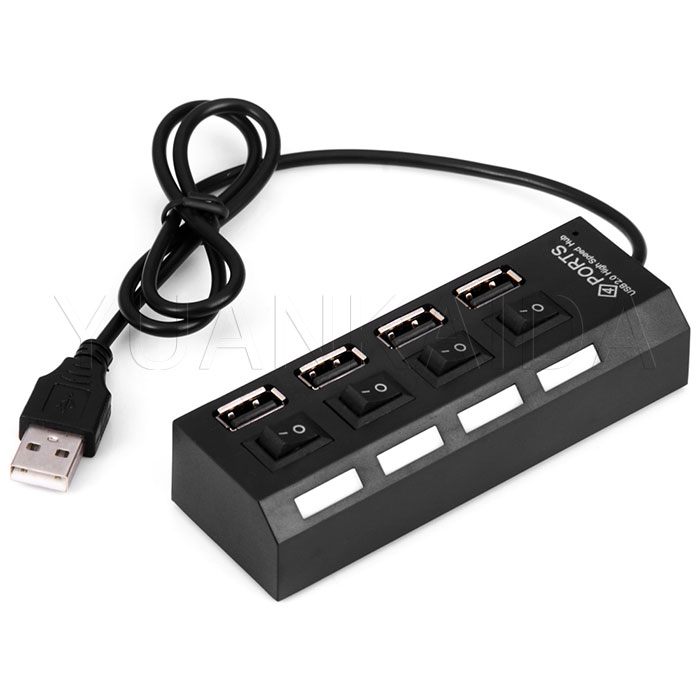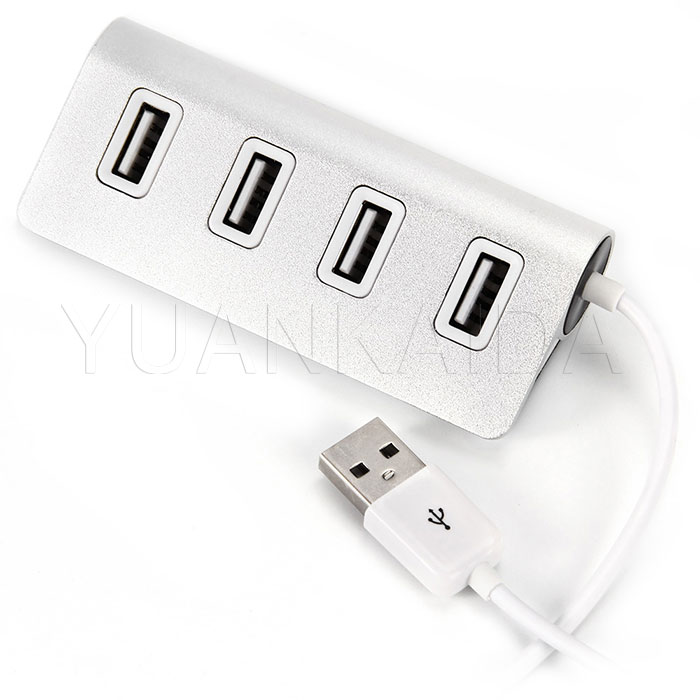81. What are the ISO 9001:2000 standards pointing to the “customer communication†arrangement?
The arrangements generally include:
(1) Through the market research to understand the customer's information about the product requirements, use advertising, product catalogs, product samples and other media and methods to publicize the product information provided by the organization;
(2) Communicate through the inquiry between the organization and the customer and the processing of the contract or order signing process (including the modification process);
(3) After the product is realized and the product is provided to the customer, the feedback information of the customer (including the customer's complaint) is collected to understand the customer's satisfaction with the product provided by the organization.
82. What does “design and development†refer to in the ISO 9001:2000 standard?
"Design and development" refers to a set of processes that convert requirements into specified characteristics or specifications of a product, process, or system.
83. What activities include “Design and Development†in the ISO 9001:2000 standard?
The “Design and Development†activities mainly include:
(1) Design and development planning;
(2) Design and development review;
(3) Design and development verification;
(4) Design and development confirmation;
(5) Design and development change control.
84. What should be specified in the ISO 9001:2000 standard for “design and development planning�
The “Design and Development Plan†includes:
(1) design and development phase;
(2) Review, verification and validation activities appropriate for each design and development phase;
(3) Responsibilities and authorities for design and development.
85. What are the inputs to the “Design and Development†standard in the ISO 9001:2000 standard?
The “Design and Development†input includes:
(1) Functional and performance requirements related to the product;
(2) International, national, and industry standards;
(3) Relevant laws and regulations;
(4) Relevant design requirements and information that have proven to be effective and necessary in similar designs in the past;
(5) Other requirements necessary for design and development.
86. What are the output contents of “Design and Development†in the ISO 9001:2000 standard?
The Design and Development output includes:
(1) meet the requirements of design and development input;
(2) give information on the adaptation of procurement, production and service provision;
(3) Include or reference product acceptance criteria;
(4) Specify the product characteristics necessary for the safety and normal use of the product.
87. What is the review of “design and development�
The “design and development†review refers to the appropriateness, adequacy and effectiveness of the design and development planning, evaluation design and development results to meet the requirements in the appropriate stage of design and development, meeting or circulation. The activity of the problem.
88. What is the verification of “design and development�
The “design and development†verification refers to the verification design and development output of the design and development output (such as documents, drawing samples, etc.) in the form of evaluation before the design and development, using the test, calculation, comparison, and pre-release document. Activities that meet the requirements of design and development inputs.
89. What is the confirmation of “design and development�
“Design and Development†is a process in which a trial or simulation is used prior to product delivery or production and service implementation to verify that the product meets a specific intended use or application requirements for the product provided to the customer.
90. What is the “design and development†change?
“Design and development†changes refer to changes to the design and development output, which are generally documented design outcomes and are guidelines for subsequent activities (such as procurement, manufacturing, measurement, etc.) that guide the product realization process. .
91. What are the changes in “Design and Development�
A total of the following aspects are involved:
(1) Customer's changes to product requirements;
(2) Changes in laws and regulations;
(3) Changes due to changes in resources;
(4) Product changes taken to improve competitiveness.
1 2 3 4 5 Next Page

1. Usb Hub 2.0 Interface For The Expansion Of A Number Of Independent Work USB2.0 Interface, Each Power Supply Up To 500MA.
2. Plug And Play, The Transfer Rate Up To 480Mbps Per Second;
3. Backward Compatible With USB1.1
4. Support Hub And The Peripheral Devices Plug And Play And Hot Swap Function
5. Port Current Overload Detection And Protection Function Design
6. Built-In LED Indicator Can Display USB Power Supply, DC Power Supply, USB Peripheral Devices Connected To The USB Port Connection Status

Standalone Switch 4 Port USB HUB
Desktop Mini 4 port Usb Hub
Usb Hub 2.0,Usb Hub 2.0 4 Port,Usb Hub 2.0 7 Port,Usb Hub 2.0 10 Port
Shenzhen JunYuanJie Electronic Technology Co., Ltd. , http://www.usb3c.com
